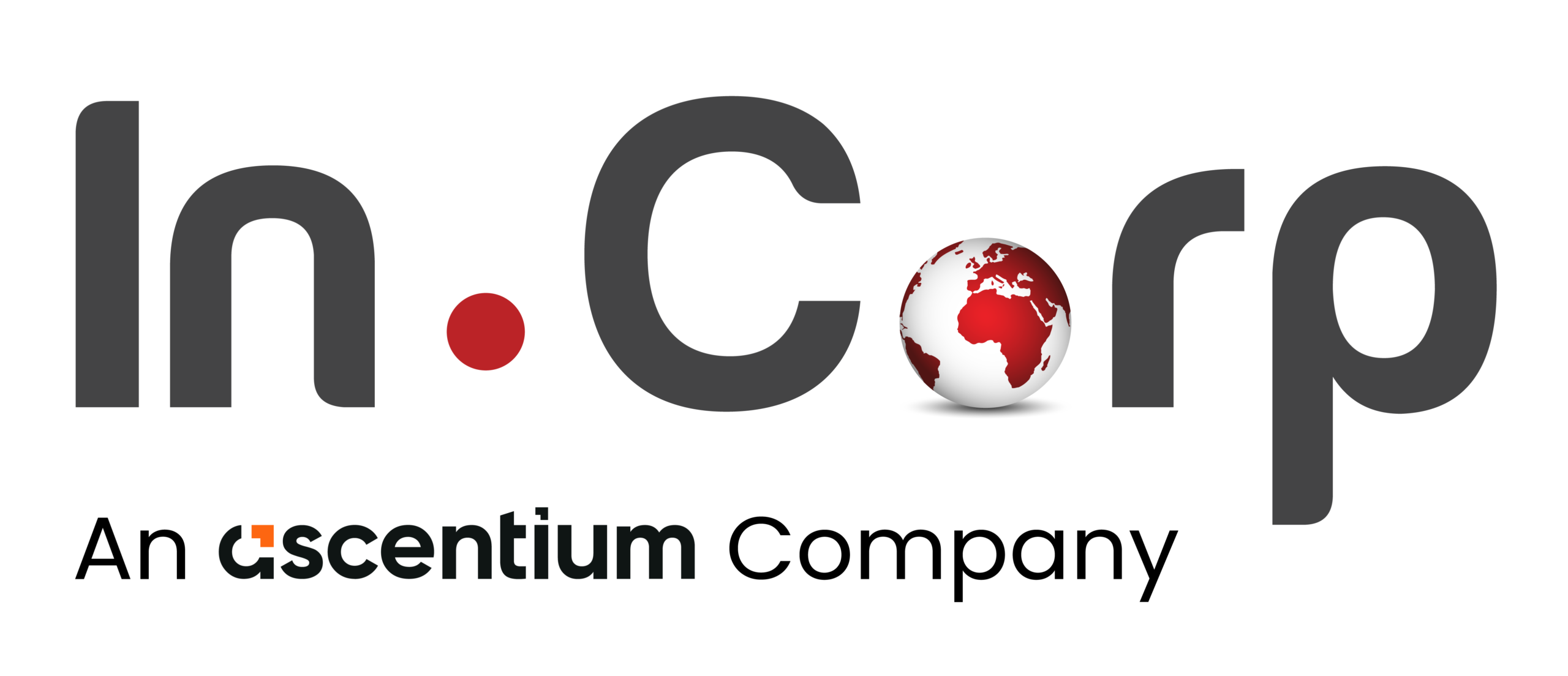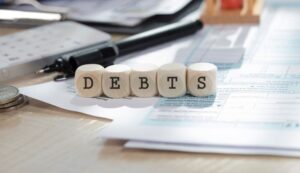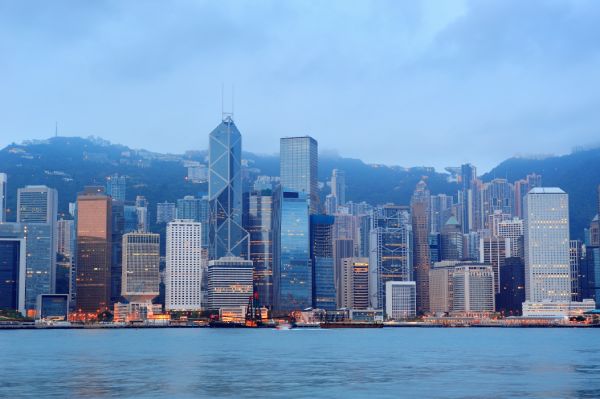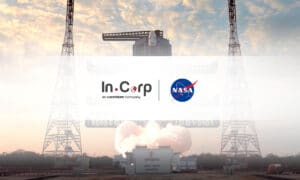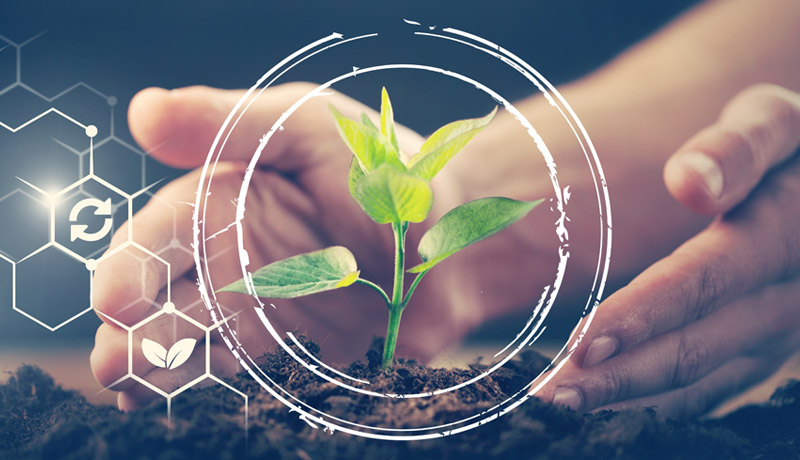How Life Cycle Assessment Impacts BRSR Reporting

How Life Cycle Assessment Impacts BRSR Reporting
Understanding Life Cycle Assessment, its importance in BRSR reporting, and leveraging it to achieve sustainability goals.
- Last Updated
In an era of fast industrialization, widespread consumerism, and expanding populations, the planet’s limited resources are under unprecedented strain. Last year, the world used up a year’s worth of natural resources in just 214 days, and August 2 has been declared as the year’s Globe Overshoot Day since mankind will be in debt to natural resources for the next 151 days.
Introduction
In the era of heightened environmental awareness and growing concerns about sustainability, businesses, and organizations across the globe are looking for sustainable solutions to lessen their ecological imprint. Similarly, investors, value chain partners, and customers prefer to work with environmentally friendly and responsible companies, especially, with companies that show a strong interest towards sustainable and responsible business practices.
Businesses are attempting to reduce the environmental footprint and use more eco-friendly resources in response to the growing emphasis on sustainability. The major concern of high environmental impact is they not only contribute to climate change but also precipitate a range of both direct and indirect consequences. The high environmental impact leads to cascade reactions, such as high energy consumption, which will lead to high expenditure, higher emissions, high carbon tax, etc. The best way to reduce the effect is to identify and work on the primary impact caused by the organization. To understand the primary impact, companies conduct Life Cycle Assessment (LCA) study which gives an overview of the impact of company’s product or services.
Leveraging Life cycle Assessment and BRSR Reporting
LCA is a valuable tool to identify the hotspots within a company. It helps understand where actions have been undertaken, and which parts need attention to reduce resource consumption of products or services. Similarly, if the company adopts an innovative approach, LCA will highlight the impact reduction by the following approach. This comprehensive evaluation method not only benefits in reducing environmental footprint but also plays a pivotal role in shaping a company’s long-term value creation. Hence companies from different sectors, such as the textile sector, agriculture sector, construction sector, FMCG, chemical manufacturing use LCA to understand on-ground impact and highlight the results.
Last year, Securities and Exchange Board of India (SEBI) made Business Responsibility and Sustainability Reporting (BRSR) mandatory for the top 1000 listed companies in India. BRSR is a comprehensive report that highlights the company’s performance on Environmental, Social, Governance, and financial parameters. The Principle 2 of BRSR requires companies to disclose their risk/concern identified in the LCA study. It also suggests companies take action to mitigate the same.
Additionally, BRSR Principle 2 also requires companies to disclose information on the usage of reused and recycled input materials. Companies leverage LCA to identify recycled and reused materials in a product and the positive environmental footprint by the sustainable approach implemented.
As awareness on ESG parameters has now increased among stakeholders, companies publish sustainability report, which highlights their ESG footprint as well as the initiatives taken to mitigate the same. The sustainability and BRSR reporting have now made the organization’s ESG data transparent and accessible for investors, customers, peers, etc. This data can be used by the stakeholders to assess their peer company’s performance on the matrix. The Principle 6 of BRSR provides the details of energy intensity, water intensity, the emission intensity of the company and intensity as per physical unit. The Principle 6 also highlights the company’s initiatives and projects related to reducing GHG emissions and waste management practices adopted by the company. Additionally, it highlights specific initiative taken to improve resource efficiency or reduce impact due to emissions or effluent discharge generated. Similarly, Principle 2 of BRSR highlights the recycled, reused, and reclaimed initiatives taken by industry peers to reduce footprints.
Companies can refer to peers’ BRSR reports and use LCA to understand the impact of similar initiatives taken on their environmental performance. For example, a company in the textile sector should refer to the industry peer’s BRSR report and should conduct LCA to understand the mitigation potential of a similar initiative at their company.
Product Life Cycle Assessment Explained
Life Cycle Assessment (LCA) is a systematic and science-based technique for assessing the environmental implications of a product, process, or service across its life cycle. This includes assessing the environmental implication from extraction of raw materials, manufacture, transportation, use, and disposal or recycling at the end of its life. LCA aims to measure and analyze environmental inputs and outputs at each stage to find opportunities for improvement and promote sustainability.
The Four Stages of Life Cycle Assessment
1. Goal and Scope of Definition
This is the initial stage, which lays the foundation of the study and assures that it is focused and relevant. This stage defines the goal and scope of the LCA study. The objective of the assessment is finalized, which defines the application of the study and the audience to which it will cater. Also, the project boundary is set, which outlines the process, inputs, and outputs that need to be included in the study. At this stage, the company also decides the guidelines for LCA implementation.
Standard And Framework for LCA

2. Life cycle Inventory (LCI)
Once the goal and scope of the project are defined, inventory data for all the inputs and outputs within the project boundary are collected. This includes gathering data at every pertinent phase, from the extraction of raw materials to the disposal of end-of-life materials. The LCI provides a detailed snapshot and extensive overview of the environmental impacts associated with the system under study.
3. Life cycle Impact Assessment (LCIA)
In this stage, collected data is analyzed to evaluate the environmental footprint caused by inputs and output on various indicators such as climate change, greenhouse gases generated, ecosystem quality, resource depletion, etc. LCIA highlights and draws attention to the stages which have the highest environmental footprint.
Impact Categories

4. Interpretation
In the final stage, the results generated in LCIA are interpreted to draw a meaningful conclusion and highlight the environmental impact caused. It also highlights the areas that require assistance and opportunity for progress.
Benefits of Conducting LCA

Reducing Environmental Footprint: The Drive for Sustainable Production
One of the major benefits of conducting an LCA is its ability to quantify and measure the impacts. LCA gives the list of waste and emissions generated, water and resources consumption which are valuable insights for companies to highlight as the areas of improvement.
Similarly, LCA provides results to designers and engineers about the innovative approach undertaken by them. It also provides data on the positive environmental impact caused by implementing innovative approaches. This proactive approach has a 360-degree benefit encompassing reduction in the environmental footprint through the adoption of innovative green alternatives on the one hand, accelerating positive value creation and brand recognition on the other.
Supply Chain Optimization: Navigating the Complex Web
LCA study examines the entire supply chain, including upstream and downstream, and identifies the key high-impact areas. This knowledge backed by the data, empowers companies to make strategic decisions regarding sustainable sourcing and substitutes high–impact raw materials. The companies which are planning to decarbonize conducting LCA will identify the high–emission sources. The company can further work and take decisions to reduce the footprint.
Transparency and Consumer Trust: Building a Sustainable Brand Image
Sharing LCA results with stakeholders builds confidence and showcases the company’s commitment towards sustainability. LCA result can be used to showcase their positive performance compared to the baseline. In a market where social responsibility is a key distinction, open communication about sustainable practices not only draws in environmentally sensitive customers but also enhances the brand’s overall reputation.
Conclusion
Measuring the impact is the first step towards managing the impact, and BRSR has come up as an inclusive mechanism to transparently report the company’s ESG data. Additionally, LCA has come up as an effective tool to understand the mitigation potential of different innovative approaches the company is planning to implement. Similarly, for companies that are planning to achieve net zero or planning to implement decarbonisation strategy, LCA can be an effective tool for highlighting the high direct and indirect emissions data points. This will help companies to reduce Scope 1 and Scope 3 emissions and understand the carbon footprint of the product. Such information can be utilized by companies to grasp the necessary actions required to decrease emissions and align with decarbonization goals.
Conducting LCAs not only enables companies to make informed decisions but also back their decision with data to showcase the on-ground impact of the initiatives. This will assist organizations in making successful decisions to transition to more sustainable operations when compared against baselines. This will not only reduce their impact but also help companies perform better on Principle 6 and Principle 2 of BRSR and gain better ratings.
Why Choose InCorp Advisory?
InCorp offers comprehensive guidance, helping companies understand and navigate the complexities of BRSR. Our services not only ensure compliance but also the creation of long-term value through responsible and transparent business practices. To learn more about BRSR Reporting or ESG services, you can write to us at info@incorpadvisory.in or reach out to us at (+91) 77380 66622.
Authored by:
Shreyash Khadse | Sustainability & ESG
Frequently Asked Questions (FAQs) on Life Cycle Assessment (LCA)
A Life Cycle Assessment (LCA) is a systematic analysis of the environmental impacts of a product, process, or service throughout its entire life cycle—from raw material extraction to disposal. LCA is important for BRSR reporting because it provides businesses with detailed insights into their environmental footprint, helping them identify areas for improvement. This aligns with the BRSR guidelines, which emphasize transparency in environmental reporting and sustainability efforts.
Businesses can use LCA to identify and assess the environmental impact of their products or services. By understanding the environmental costs associated with each stage of a product's life cycle, companies can make informed decisions to reduce their carbon footprint, optimize resource use, and minimize waste. Integrating LCA findings into BRSR reporting allows businesses to enhance their ESG practices by demonstrating their commitment to sustainability and reducing negative environmental impacts.
Companies should prioritize LCA in their BRSR reports because it provides a clear, data-driven approach to measuring and reducing environmental impact. By prioritizing LCA, companies can identify key areas of inefficiency, reduce energy consumption, and minimize waste, which can improve their overall sustainability performance. Additionally, it enhances the credibility and transparency of their ESG disclosures, helping companies meet regulatory requirements and improve stakeholder trust.
LCA helps businesses identify specific stages in their product or service life cycle where carbon emissions can be minimized, such as using sustainable raw materials, optimizing manufacturing processes, and improving logistics. By quantifying the environmental impact at each stage, businesses can target areas for improvement, such as reducing energy use or switching to renewable resources, thereby lowering their overall carbon footprint.
The stages involved in conducting an LCA for BRSR reporting typically include:
Goal and Scope Definition – Defining the purpose, boundaries, and objectives of the assessment.
Inventory Analysis – Collecting data on all the inputs (e.g., raw materials, energy) and outputs (e.g., emissions, waste) throughout the product life cycle.
Impact Assessment – Evaluating the environmental impacts associated with each stage, including carbon emissions, water usage, and resource depletion.
Interpretation – Analyzing the results, identifying opportunities for improvement, and making recommendations to reduce the environmental impact in future operations or product life cycles.
Share
Share
